We finally know what comes after the smartphone
Source: Dieter Bohn
/cdn0.vox-cdn.com/uploads/chorus_asset/file/2904044/nvidia2_2040.0.jpg) I'm very sorry, but you have to learn two new technology acronyms today: IoT and ADAS. Neither is elegant, both are important.
I'm very sorry, but you have to learn two new technology acronyms today: IoT and ADAS. Neither is elegant, both are important.
Yesterday was "CES Day Zero," otherwise known as press day. It's when all the major tech companies presenting at the show make their big keynote presentations and unveil the product lineups for the next months ― if not the entire year. The CEOs of LG, Samsung, Panasonic, Sony, and Mercedes strode across their respective stages and made grand pronouncements about the future of technology.
It's easy to get turned off or lulled by the hype (depending on your attitude), but it's worth paying attention to what these giant tech companies are saying. They're quite literally laying out their plans and staking their claims to the next big trends in tech, and they're doing it for multiple audiences. This is the Consumer Electronics Show, but the message is usually meant for for somebody else: CTOs and competitors and buyers.
/cdn0.vox-cdn.com/uploads/chorus_asset/file/2904044/nvidia2_2040.0.jpg)
Vidia car platform
Which brings us back to those twin themes that emerged yesterday: the Internet of Things (IoT) and Advanced Driver Assistance Systems (ADAS). They're the next places that these big tech companies are heading. If all the smaller guys are making new (and sometimes exciting!) gadgets, the big guys are trying to create the systems that tie them all together. Or, if they can't dominate the whole ecosystem, they at least want to grab a piece of it.
That's the only way to explain Nvidia's famously long and infamously tedious keynote that focused on the components that power the smarts behind smart driving cars. The company fell behind the curve on mobile and it needs customers ― those would be car manufacturers ― who can utilize its processors. It's the motivation behind Sony's CEO waxing on about its image sensors working in cars. He did it not because he wants you to buy them, but because he wants Ford and GM and Toyota to fill their cars with Sony cameras.
"If they can't dominate the whole ecosystem, they at least want to grab a piece of it"
And it’s the way you should think about Samsung’s ambitions, too. This is the year that Samsung finally unveiled what comes next for it now that the market for smartphones (and, to a lesser extent, TVs) seems to be plateauing. Samsung took over the main CES keynote this year ― a place long held by Microsoft ― and it's also trying desperately to take over the main trend that's already happening in consumer tech before Google, Apple, or Microsoft can.
That trend is "The rise of the IoT." The Internet of Things continues to be the most vague and B2B-sounding product category I've yet encountered in tech. But it gets clearer when you see what the gadgets actually are: doors that lock themselves, thermostats that program themselves, cameras that monitor your home for intruders, and more. But IoT isn’t about the gadgets, it’s about the way they talk to each other.
"We can't let the Internet of Things be too boring to pay attention to anymore"
If the last ten years were dominated by the rise of the smartphone and its ecosystems, the next is probably about IoT and ADAS and whatever other acronyms we come up with to describe the multiplicity and diversity of these tiny gadgets. A wearable puts a computer on your wrist, sure, but IoT is putting a computer everywhere, and the ways our industry has been talking about that gigantic shift have been terminally boring and easy to to ignore so far. That needs to change.
These devices are inherently creepy to some, but they're beginning to look inevitable. It's possible to build these systems with some modicum of privacy and safety. Samsung is at least approaching the ecosystem with the right attitude ― it purchased SmartThings last August and is keeping that company's dedication to openness and interoperability intact.
Cheap chips and cheaper cloud computing is letting every company build more interesting gadgets. The ways that they talk to each other and to the giant corporations that create those ecosystems is going to be massively important: will one company dominate? Will they be secure enough? Will they be impossible to figure out? Will we give up yet more privacy in exchange for yet more advertising? Will the technology actually work?
We're probably going to need more acronyms to answer all those questions.
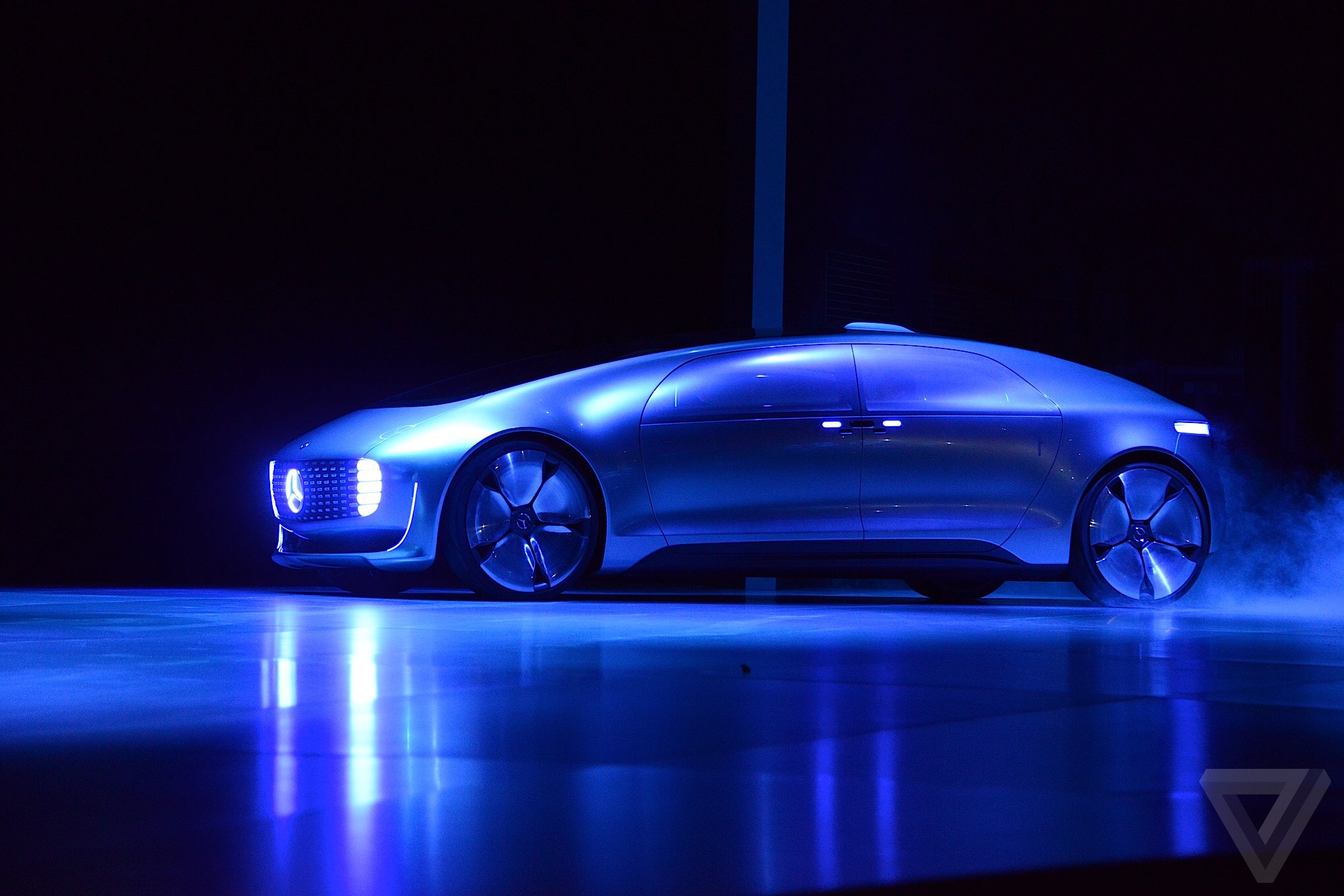
The biggest stories of CES 2015, Day Zero
The Mercedes-Benz F 015
Mercedes-Benz took the wraps off a new concept car, the F 015 Luxury in Motion. It's basically a sleek pod with a huge passenger compartment, a fortuitous side effect of an imagined future where we spend most of our times chilling out in cars while they drive us around all by themselves. The cabin has four rotating seats that can face each other and an array of screens throughout the car let passengers interact with controls and entertainment.
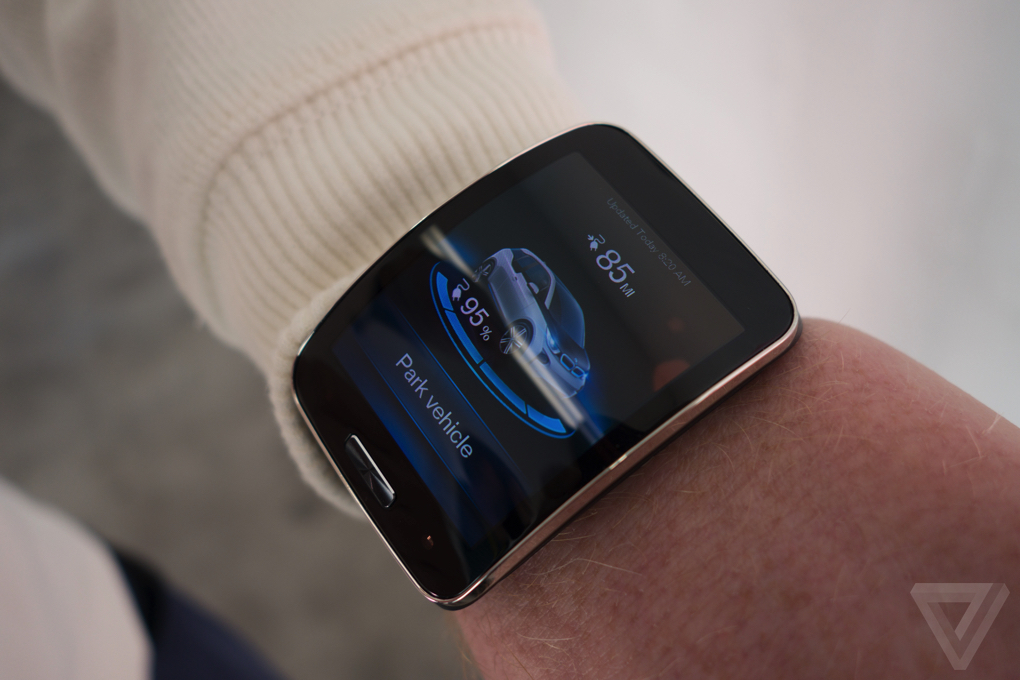
BMW i3 anti-collision
BMW showed off progress in its autonomous driving research, including i3s that refused to crash no matter how hard you try. The car will also scout out garages and park itself, directed by an app designed for the Samsung Gear S smartwatch, and come pick you up when you summon it.
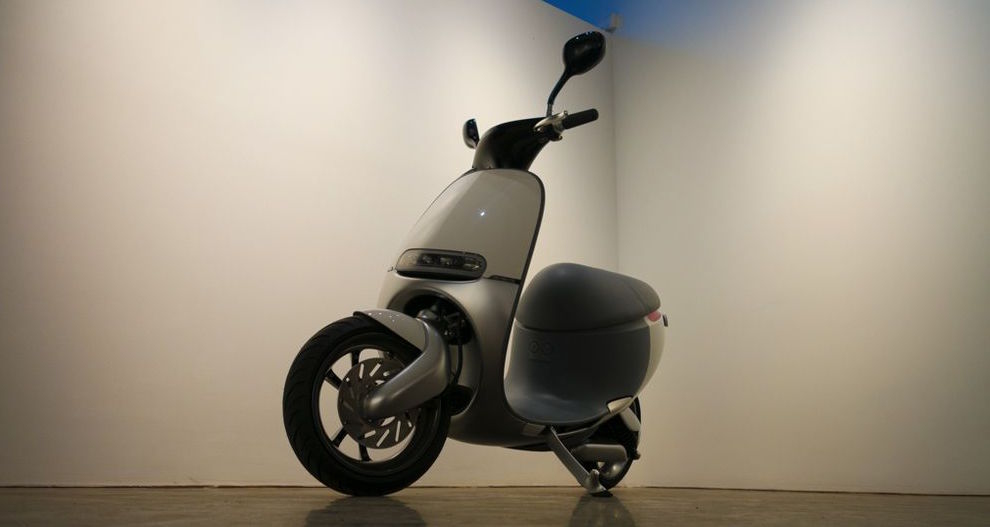
Gogoro's electric scooter
Taiwanese startup Gogoro revealed an electric scooter designed for commuters along with a ridiculously ambitious plan to power it. You don’t plug the scooter in ― instead, Gogoro has its sights set on user-swappable batteries and a vast network of battery swapping stations that could cover some of the most densely populated cities in the world.
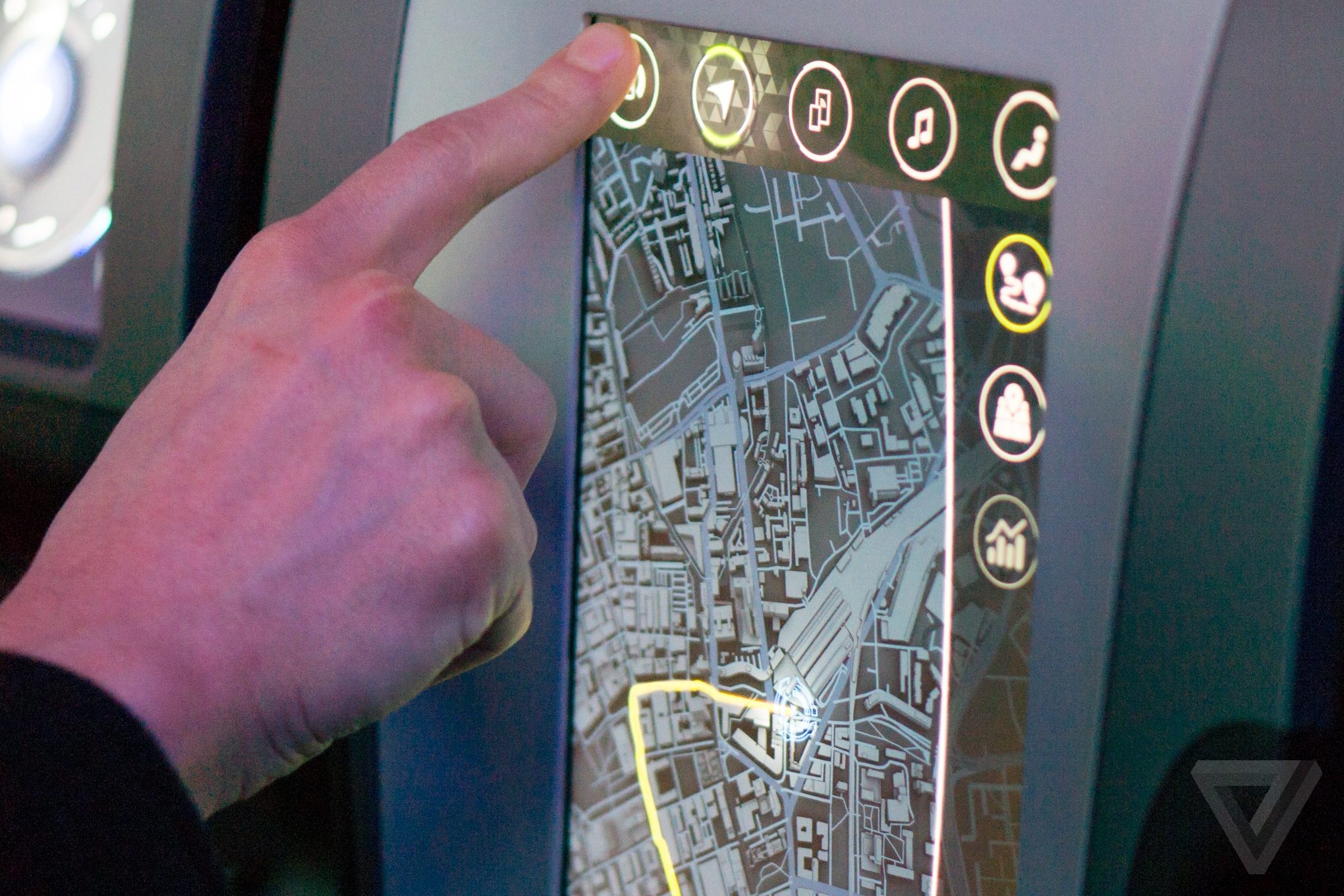
Nvidia's Tegra X1
The new Tegra X1 is a superchip designed to be embedded inside cars. It has 256 graphics cores, eight processing cores, and enough power to play back 4K video at 60fps. All those numbers will be put to use in building up a very ambitious plan for increased car awareness and a proliferation of screens inside the car, but the X1's most immediate demonstration is in the central infotainment hub.
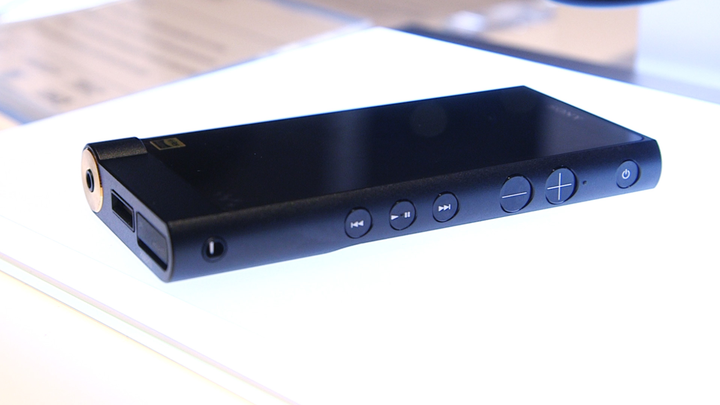
Sony Walkman ZX2
The new Walkman ZX2 is real, and it's designed exclusively with high-end audiophiles in mind ― as Sony puts it, this is "the fruit of continuous refinement in high audio quality technologies."
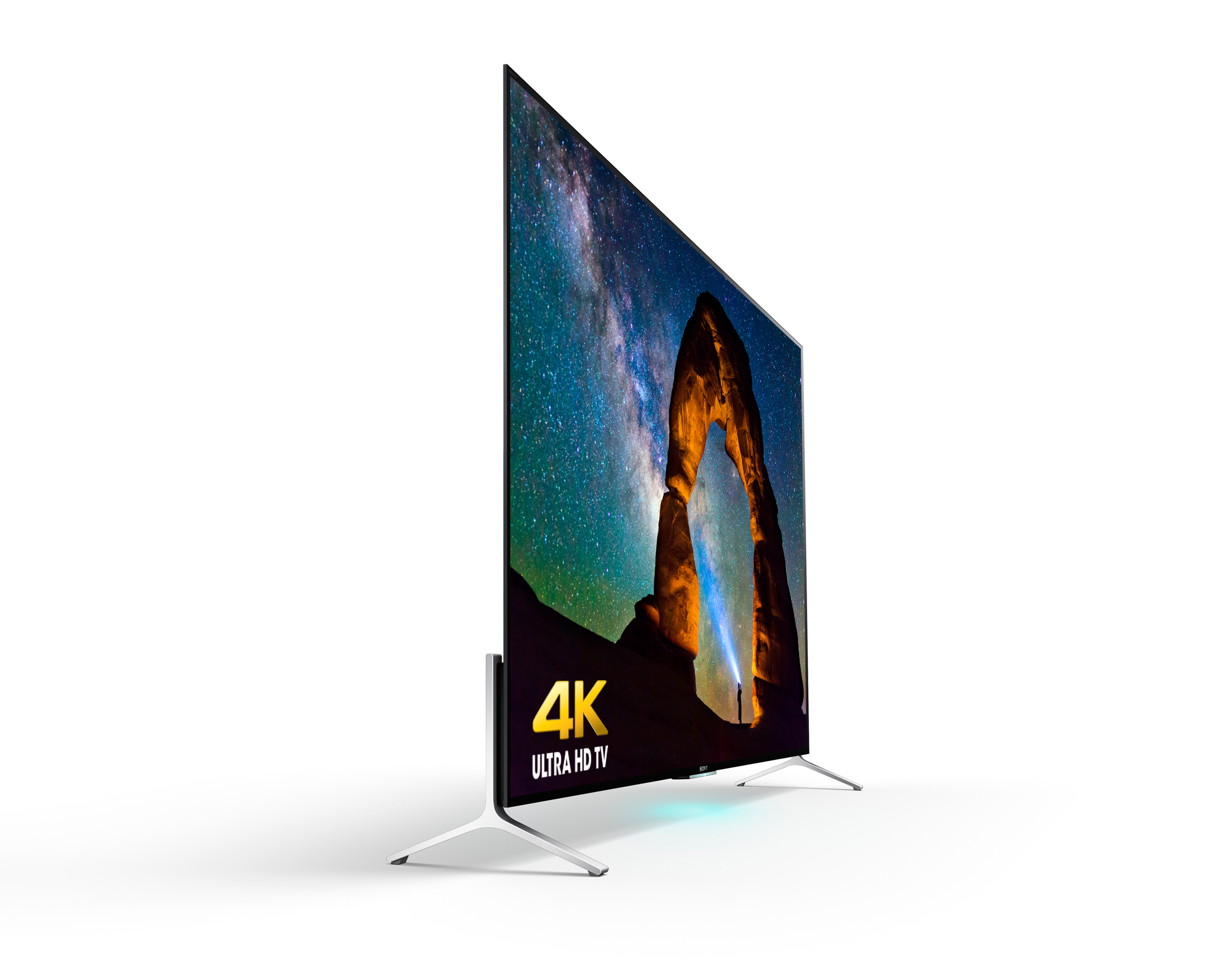
Sony smart TVs
CEO Kaz Hirai just announced that the company's new smart TVs will run on Google's new platform for television, Android TV. The remote control for the TV is essentially a giant trackpad, so that you can navigate the Android TV interface more easily. The remote also comes with a microphone, to make searching easier. Because they run Android, they'll also all support Google Cast, so it will be easier to fling content from your phone to the TV.
Sony Symphonic Light speaker
It looks like a bedside lamp, seemingly like any other, and it can also be hung from the ceiling to add a subtle bit of class to your living room's decor, but it has the extra trick of being able to play music.
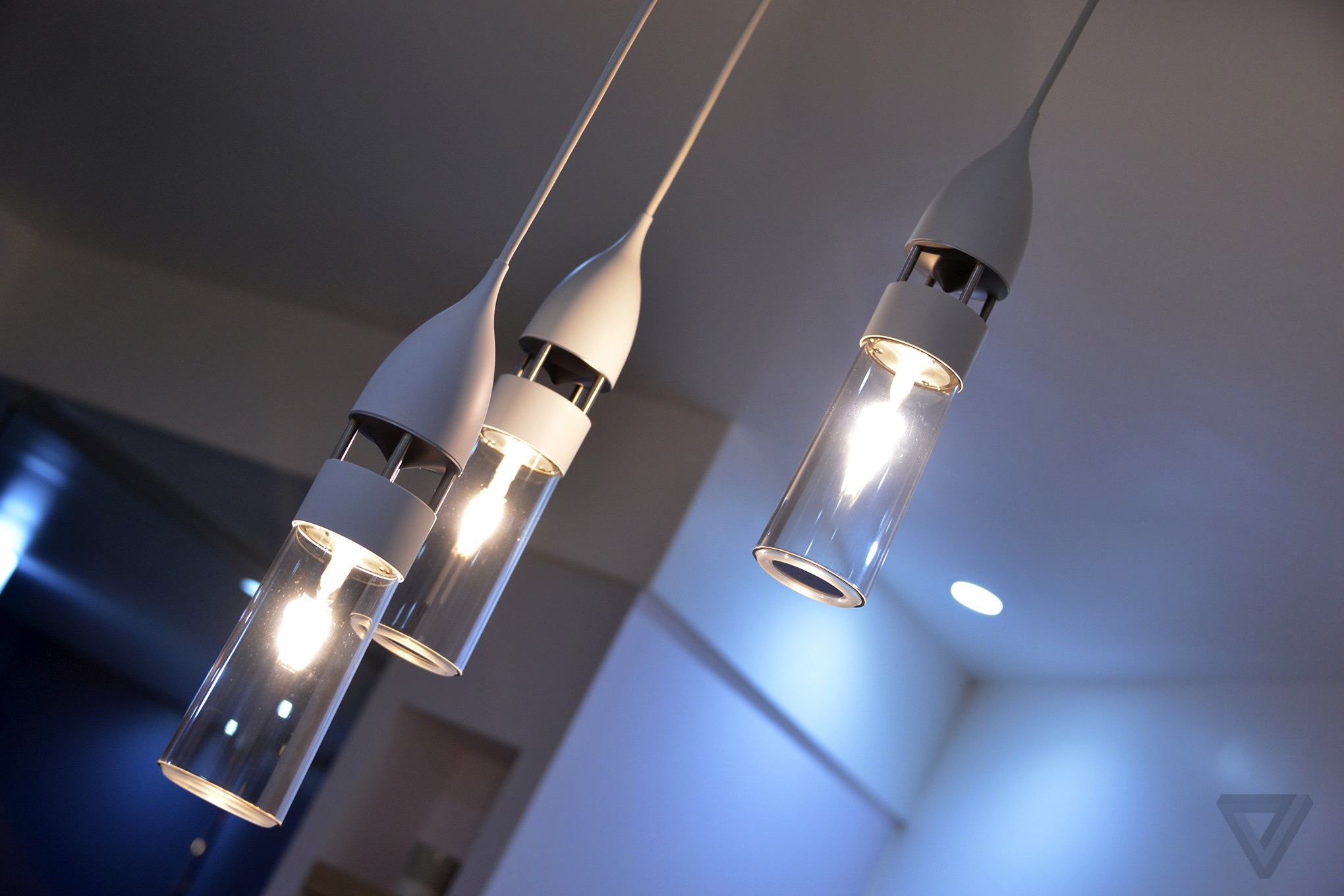
Samsung's vision for the internet of things
Samsung's idea is that just about every device you have ― and even products like chairs ― will be connected and talking to each other. On a basic level, Samsung imagines that you'll be able to take off your headphones when you arrive home and have the music they were playing automatically start up through your speaker system, but it also sees this connectivity extending outside of the home.
Samsung's S9W TV
Designed in concert with Samsung and Yves Behar, the S9W TV sounds like a uniquely impressive piece of AV gear, albeit probably not a TV that'll work in most people's living rooms. The main components of the TV are a curved, 82-inch UHD screen that rests on top of a "gallery-like cube."
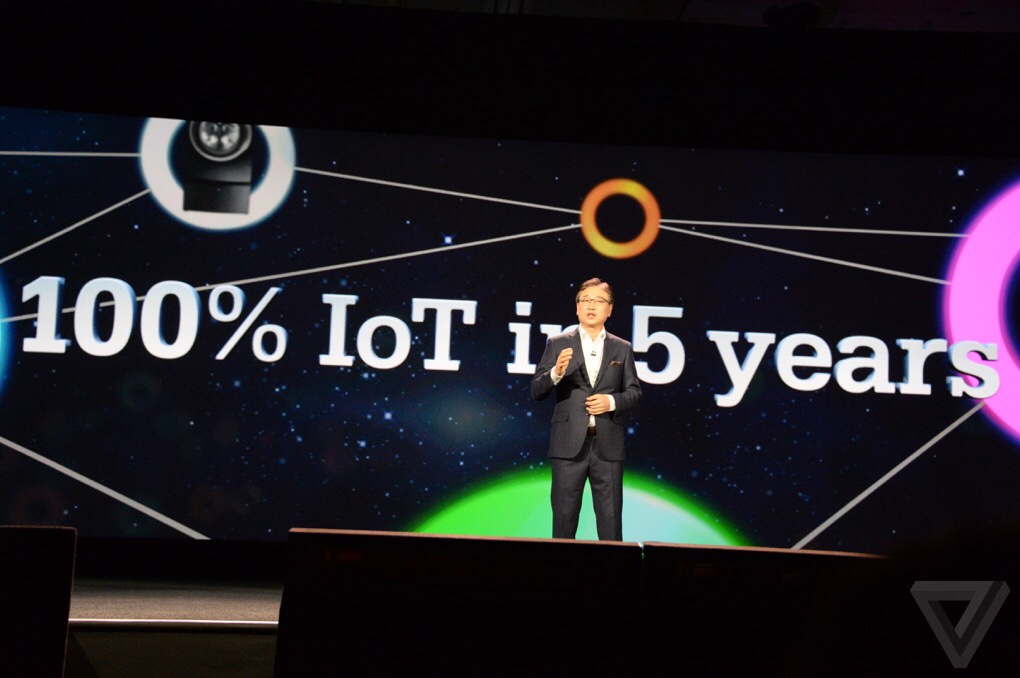
Samsung's weird poolside show
The TVs at Samsung's pre-CES event were beautiful, as you’d expect. As you might also expect, the event itself was truly bizarre. This year Samsung floated some models in a swimming pool, covered them in blue lights, and instructed them to gracefully wave their arms in some sort of twisted Tron-meets-Swan-Lake fantasy.

Panasonic's 4K Blu-ray player
Current Blu-ray players can only play 1080p content, which is going to be a big issue as TVs increasingly move toward 4K. Fortunately, the Blu-ray standard is being updated to support 4K, and now Panasonic is announcing that it's the first company to develop a player that supports it.
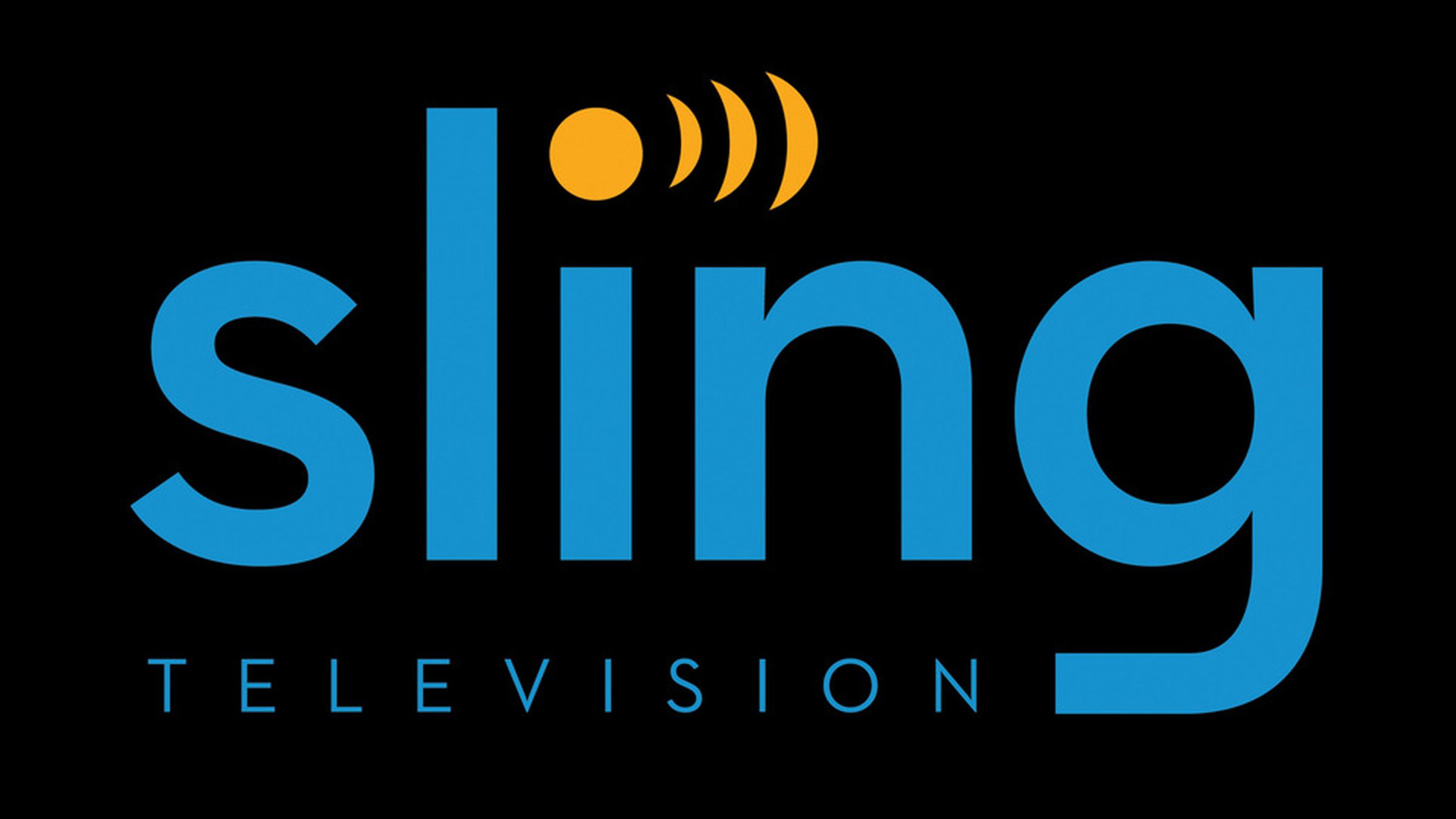
Dish's Sling TV
Internet TV is here. With Sling, for $20 a month you get access to a lineup of cable networks that includes TNT, TBS, CNN, Food Network, HGTV, Cartoon Network, Adult Swim, the Disney Channel, ESPN, and ESPN2. And since it's a true, over-the-top internet TV service, you can watch and take it anywhere.
| }
|